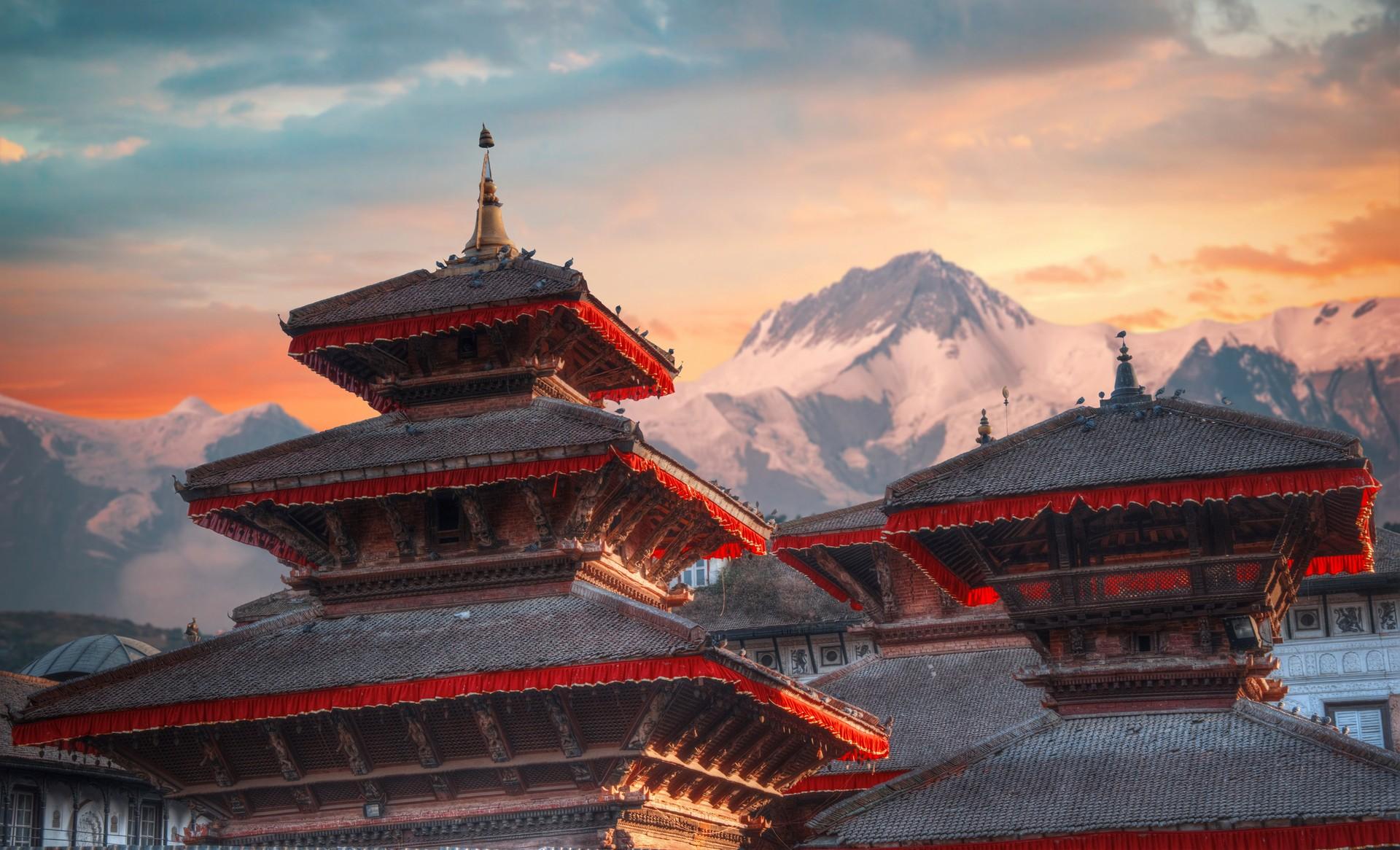Nepal is not only a country of mountains, but also a country with an incredible number of festivals, traditions and customs. Planning a trip to Nepal? You definitely have something to look forward to. Let's take a look together at what cultural differences and traditions you're likely to encounter on your trip so you're not too surprised.
Namaste
Repeat the word "Namaste" a few times before you leave, pack your bags and head straight to the airport. When you arrive, the customs and immigration officials will probably tell you the same word you tried in front of the mirror at home. And what does "Namaste" actually mean? It's the greeting that most Nepalese greet each other with throughout the day. The greeting consists of clasping your hands together at heart level and then bowing towards the person you are greeting while saying "Namaste". This gesture expresses respect for the other. However, do not be offended if they do not shake your hand in greeting. Western traditions have only recently been introduced to the Nepalese.
At home with the Nepalese
Nepalese people live together. Large families, from children to grandparents, live in one common house where they share their love for each other. The most sacred place of the entire household is the kitchen. Cutlery is not found in most Nepali households. Nepalis eat mostly with one hand, and that is with their right hand. The left hand is the "dirty" hand, reserved only for washing the body and for doing what needs to be done. And where do you sit when you can't see the table? On the floor, of course. Plus, as Nepalis don't have much money to spare, they don't go shopping and try to grow everything themselves in their fields. Nepalis don't eat much for breakfast and when they do, it's only Dal Bhat.
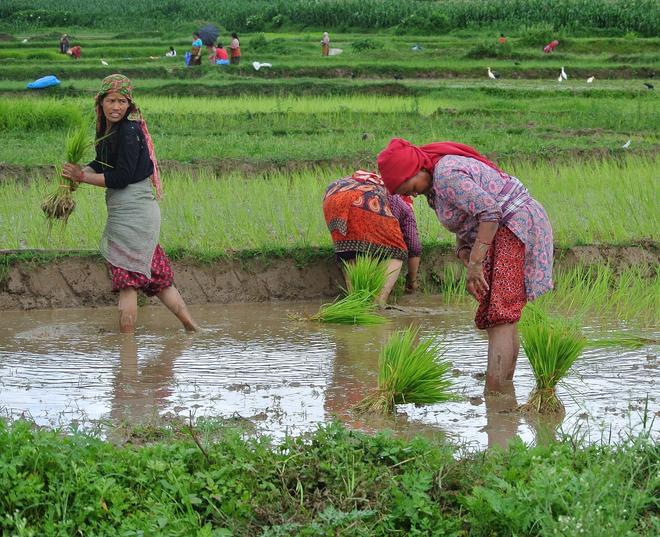
"Out of toilet paper again". Where is it! You won't find toilet paper in Nepalese homes either. Most Nepalis use water from a bucket or container to clean themselves. Do you want to drink from a common bottle? Try not to touch it with your lips, on the grounds that if you do, the food and drink is immediately considered contaminated. Are you going to visit someone? Don't forget to remove your outerwear and shoes before entering. This custom also applies when entering all temples.
Traditional dress and symbols
Public expressions of love between a man and a woman are unacceptable. Men and women should dress appropriately and observe the local "dress code". Excessive exposure is considered indecent. Women are advised to wear long skirts and cover their shoulders. The traditional Nepali dress for women is the sari, a long strip of cloth wrapped around the body. The sari is worn by most Nepali women and has great cultural significance.
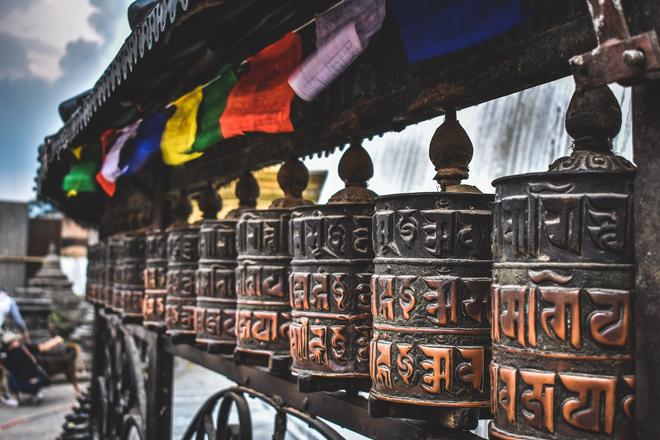
The red dot on the forehead, or Tikka, is the typical sign of a Nepali woman. They place the Tikka on their forehead every morning to ensure that their whole day is accompanied by happiness. Apart from happiness, the colour of Tikka tells whether a woman is married or not. Red is the colour of married women, but even unmarried girls are allowed to place such a Tikka on their forehead, but not as big as married women. During festivals and ceremonies, the colour is usually mixed with rice and placed on the foreheads of men as well. The traditional attire for men is called Daura Suruwal.
Women, marriage and children
In the more remote parts of Nepal, women are isolated on 'their' days and sent away from home, where they must remain for several days. For the duration of their period, they are not allowed to cook, touch men or even cattle. In more civilised areas, such as the home of a friend's family, a woman is not only not allowed to cook and eat together with other family members during "her" days, but also cannot sleep in the same bed as her husband.
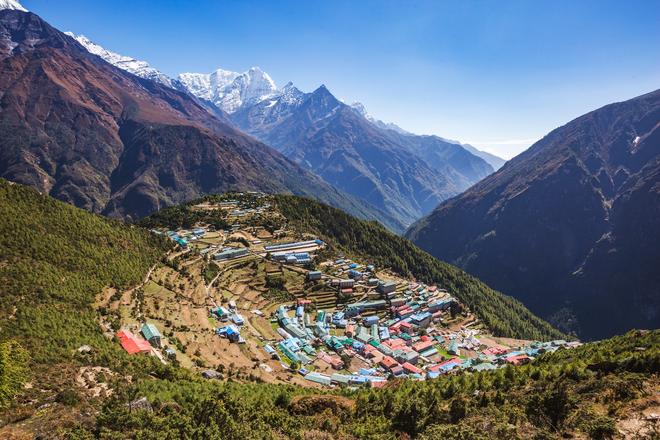
Also worth noting is the tradition associated with the birth of a new family member. On the first day when the child starts eating a traditional Nepalese meal for the first time, often Dal Bhat, ( i.e. a traditional Nepalese dish) the child's family will hold a festive event. They invite all family members and friends to come and feed some food to that individual, give him/her blessings and place a Tikka on the forehead along with a small amount of money or a gift.
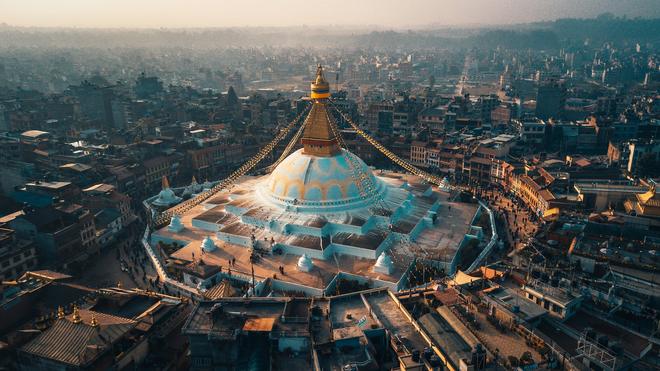
Arranged marriages. In Nepal, it is still a tradition that the parents of the betrothed prepare the wedding. However, the exception is in the big cities where young people live their own lives and life almost resembles the western lifestyle. Some prospective grooms see their bride just before the wedding or on the wedding day. Are you unhappy and thinking of divorce? Divorce is viewed negatively in Nepali culture, even though it is allowed.
Religion in Nepal
There are two predominant religions in Nepal – Hinduism and Buddhism. Hindus believe that life does not end with death. The body of the deceased is burnt and the subsequent dust scattered on the surface of the river. The entire family does not eat salt for thirteen days. The sons of the deceased shave their heads, and the wife, after her husband has gone to heaven, is only allowed to place a yellow-coloured Tikka on her forehead as a sign that she is a widow. Women and men must keep apart and not touch each other. They must be most careful of cats and dogs, which are signs of bad luck. All acquaintances and relatives come to the house of the deceased every day to make sure that no cat or dog has entered the house. If this happens, and the family of the deceased comes into contact with a dog or cat, then these customs must be observed for the next thirteen days.
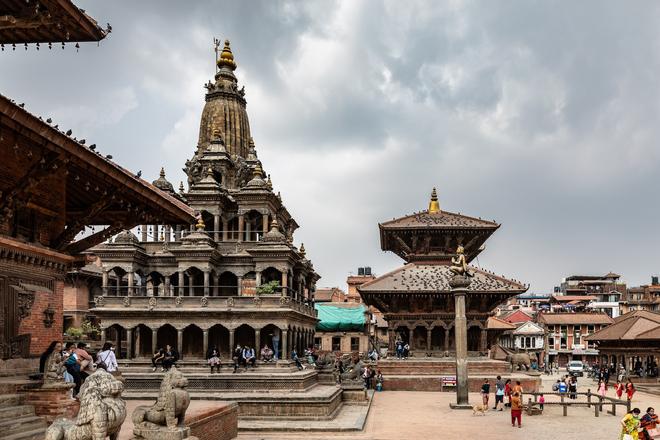
Diwali
Do you like Christmas? Well, you're in for a disappointment, there are no celebrations or presents here. One of the most famous and important festivals is Diwali, which is celebrated every year during the peak trekking season in autumn. And what is actually celebrated? It celebrates the victory of good over evil. Families come from far and wide to celebrate this festival together. In the countryside, huge swings are built for children and on the first day of the celebration, a goat is killed in the home, which is usually eaten throughout this holiday. On the third day, Tikka is placed on the head of the family members. Tikka is always placed on the forehead of the elder by the younger.
And that's certainly not all! Nepal is a breathtaking country and you must definitely go there!
